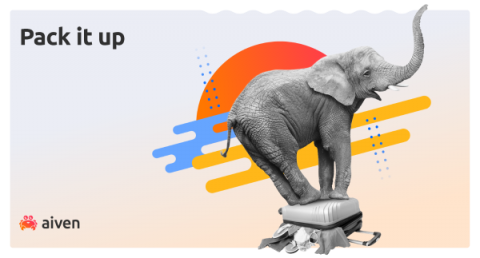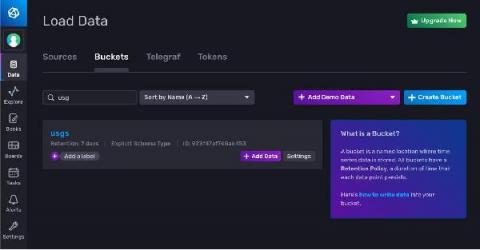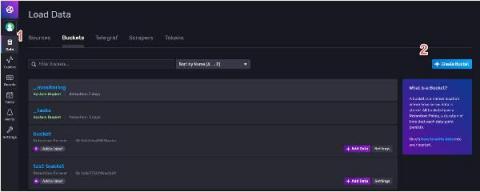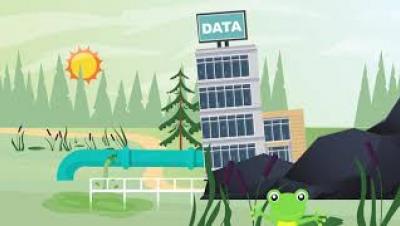Achieving the Army's data imperatives at the tactical edge with Elastic
As the Industrial Age Army transforms to the Information Age Army, Army leadership recognizes the need for adaptable technologies that enable data exchange at the tactical edge. Not only must these technologies be in lock step with the 8 guiding principles of the DoD Data Strategy, but they must also deliver on the Army’s data imperatives of speed, scale and resilience.











